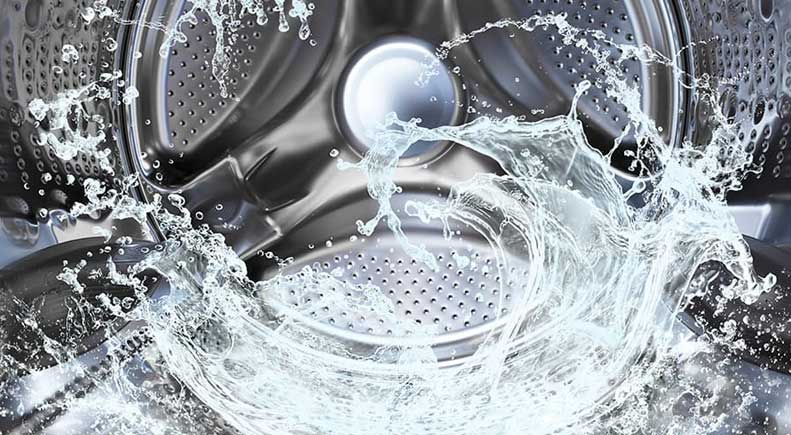
If you notice that the machine is constantly drawing water into the tank without starting the washing process, this indicates a rather serious breakdown. Under no circumstances should you let something like this happen; you need to look for the cause immediately. If you delay in finding and fixing the breakdown, this will lead to failure of the heating element and expensive repairs. Read this article to learn how to quickly solve the problem.
If the washing machine system constantly fills the tank with water, this is an “alarming symptom” that should prompt you to take action. First you need to understand the question, what could potentially cause such a problem? First, you need to identify a wide range of problems, and then gradually, as a result of systematic actions, narrow this circle. So, typical causes of malfunction:
Description of the causes of malfunctions and ways to eliminate them
If a completely new, newly connected washing machine constantly fills the tank with water, the most likely reason is that the drain hose is connected incorrectly. This begs the question: why the drain hose, and what does it have to do with it here? In fact, he has the most direct relation to this problem.
If the drainage system of the washing machine is not properly organized, a “siphon effect” may occur. It can lead either to the fact that all the dirty water from the sewer flows back into the tank, or to the fact that the water from the tank will constantly flow into the sewer by gravity. In the latter case, no matter how much water the machine pumps into the washing tank, it will all immediately pour out through the drain hose. Result: high water consumption, constant operation of the heating element, poor-quality washing of clothes (if the washing starts at all). What to do in this case?
There are two ways to eliminate the siphon effect. Firstly, you can properly connect the washing machine to the sewer by raising the sewer pipe at least half a meter from the floor. Secondly, you can install an anti-siphon valve on the drain hose or pipe.
A leaky tank can cause the process of constantly pumping water into the washing machine. This reason is hard to miss, unless of course your car is equipped with an aqua-stop protection system. Water from a leaky tank will flow onto the floor, under the bottom of the machine, and if you overlook this point, this will lead to flooding, since the system will again and again issue a command to fill the tank to the required level.
Washing machines protected from leaks are not in danger of this, since in this case the protection system will work, blocking the flowing water and at the same time cutting off its supply. We see the solution to such a problem either by replacing the tank or by repairing it, and it is not always possible to solder a leaky tank. Everything will depend on the material from which it is made.
If the machine constantly draws water, the reason may be a broken water level sensor. This sensor performs a very important task - it determines the water level in the tank and reports this to the electronic system of the machine. If the sensor is broken, it means that the system will always think that there is not enough water in the tank and it needs to be filled. A broken sensor is best replaced completely, but you can try and fix it. Usually the pressure switch breaks:
To replace the pressure switch, you need to get to it. Read more about this in the article on checking the pressure switch of a washing machine.
Another reason why the washer constantly takes in water may be the inlet valve. If this is the case, then water will flow into the washing machine tank around the clock and no matter what state the machine will be in, whether it is on or off. Accordingly, water consumption will increase significantly; even more water will be wasted than if the cause of the breakdown was a pressure switch, tank or “siphon effect”. The intake valve cannot be repaired - you need to buy and install a new one.
What to do if the reason for the constant flooding of water into the tank lies in the control unit of the washing machine. Experts give clear advice on this matter - turn to professionals. Independent inspection, repair and testing of the control unit may lead to its failure. In this case, expensive repairs cannot be avoided, so if you are not a good electronics technician, do not do it yourself.
How to find the reason why water constantly flows into the washing machine tank? There is a procedure developed by specialists that allows you to follow step by step to discover the cause of the problem. Let's look at it:
To summarize, we note that a washing machine that constantly fills with water is considered a completely faulty household appliance, which is dangerous to continue to operate. You can aggravate the problem and then the machine can be taken to a landfill. Start looking for the cause of the breakdown immediately, and everything will be fine with your “home assistant”!
Copyright © 2020 Coimbatore Service.